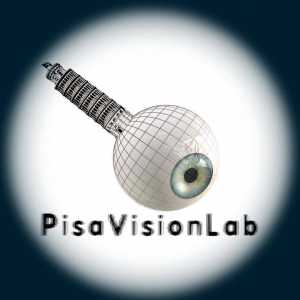Short-Term Monocular Deprivation Alters GABA in the Adult Human Visual Cortex,Curr Biol, 11 (25), 1496-1501.
Neuroplasticity is a fundamental property of the nervous system that is maximal early in life, within the critical period [1-3]. Resting GABAergic inhibition is necessary to trigger ocular dominance plasticity and to modulate the onset and offset of the critical period [4, 5]. GABAergic inhibition also plays a crucial role in neuroplasticity of adult animals: the balance between excitation and inhibition in the primary visual cortex (V1), measured at rest, modulates the susceptibility of ocular dominance to deprivation [6-10]. In adult humans, short-term monocular deprivation strongly modifies ocular balance, unexpectedly boosting the deprived eye, reflecting homeostatic plasticity [11, 12]. There is no direct evidence, however, to support resting GABAergic inhibition in homeostatic plasticity induced by visual deprivation. Here, we tested the hypothesis that GABAergic inhibition, measured at rest, is reduced by deprivation, as demonstrated by animal studies. GABA concentration in V1 of adult humans was measured using ultra-high-field 7T magnetic resonance spectroscopy before and after short-term monocular deprivation. After monocular deprivation, resting GABA concentration decreased in V1 but was unaltered in a control parietal area. Importantly, across participants, the decrease in GABA strongly correlated with the deprived eye perceptual boost measured by binocular rivalry. Furthermore, after deprivation, GABA concentration measured during monocular stimulation correlated with the deprived eye dominance. We suggest that reduction in resting GABAergic inhibition triggers homeostatic plasticity in adult human V1 after a brief period of abnormal visual experience. These results are potentially useful for developing new therapeutic strategies that could exploit the intrinsic residual plasticity of the adult human visual cortex.
